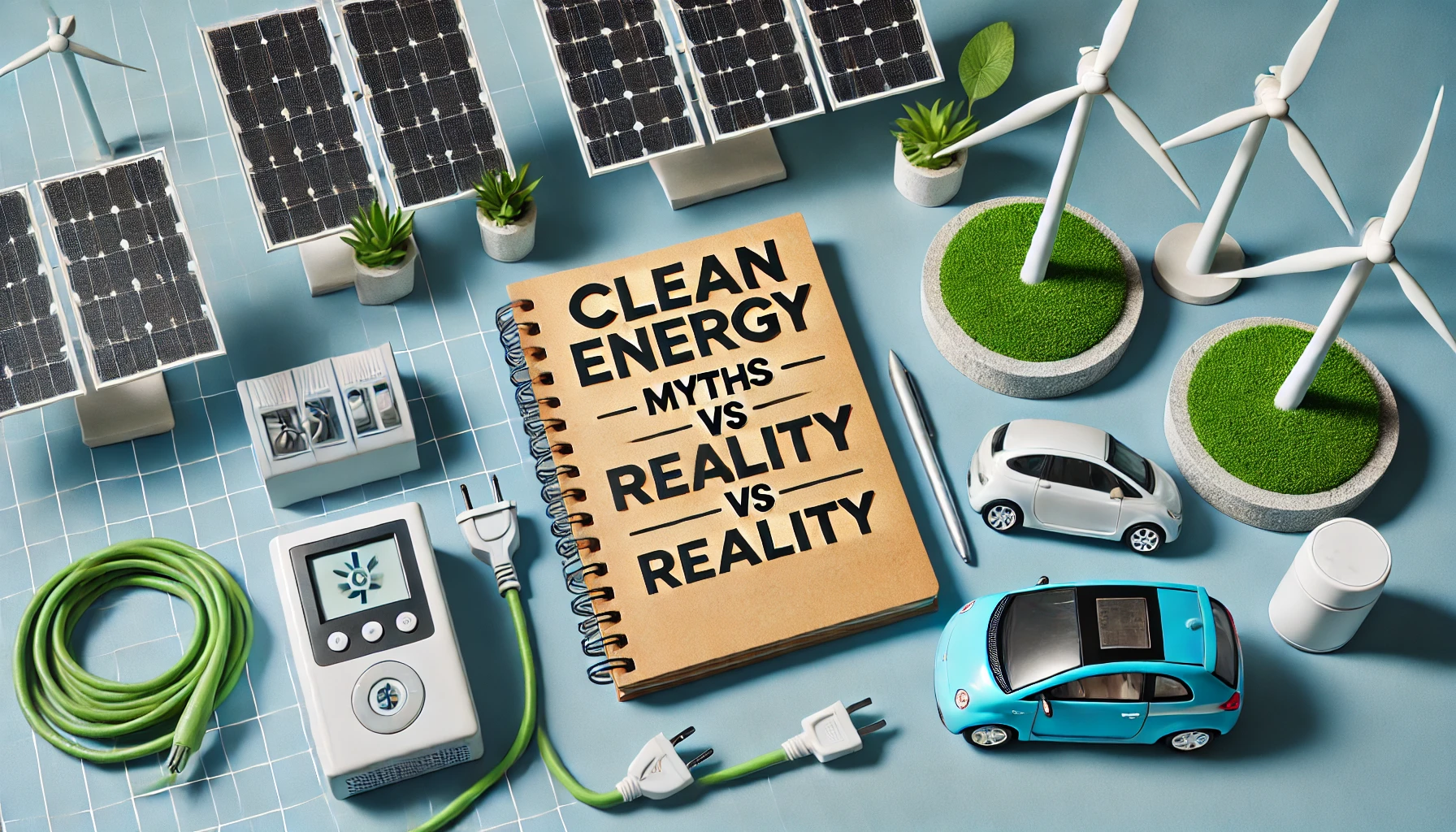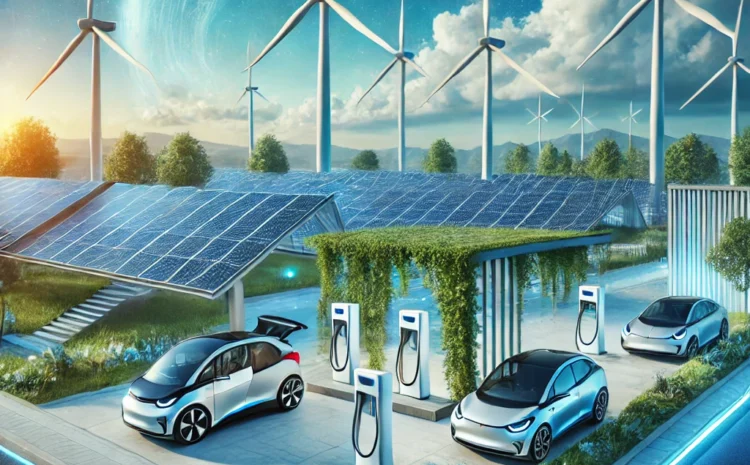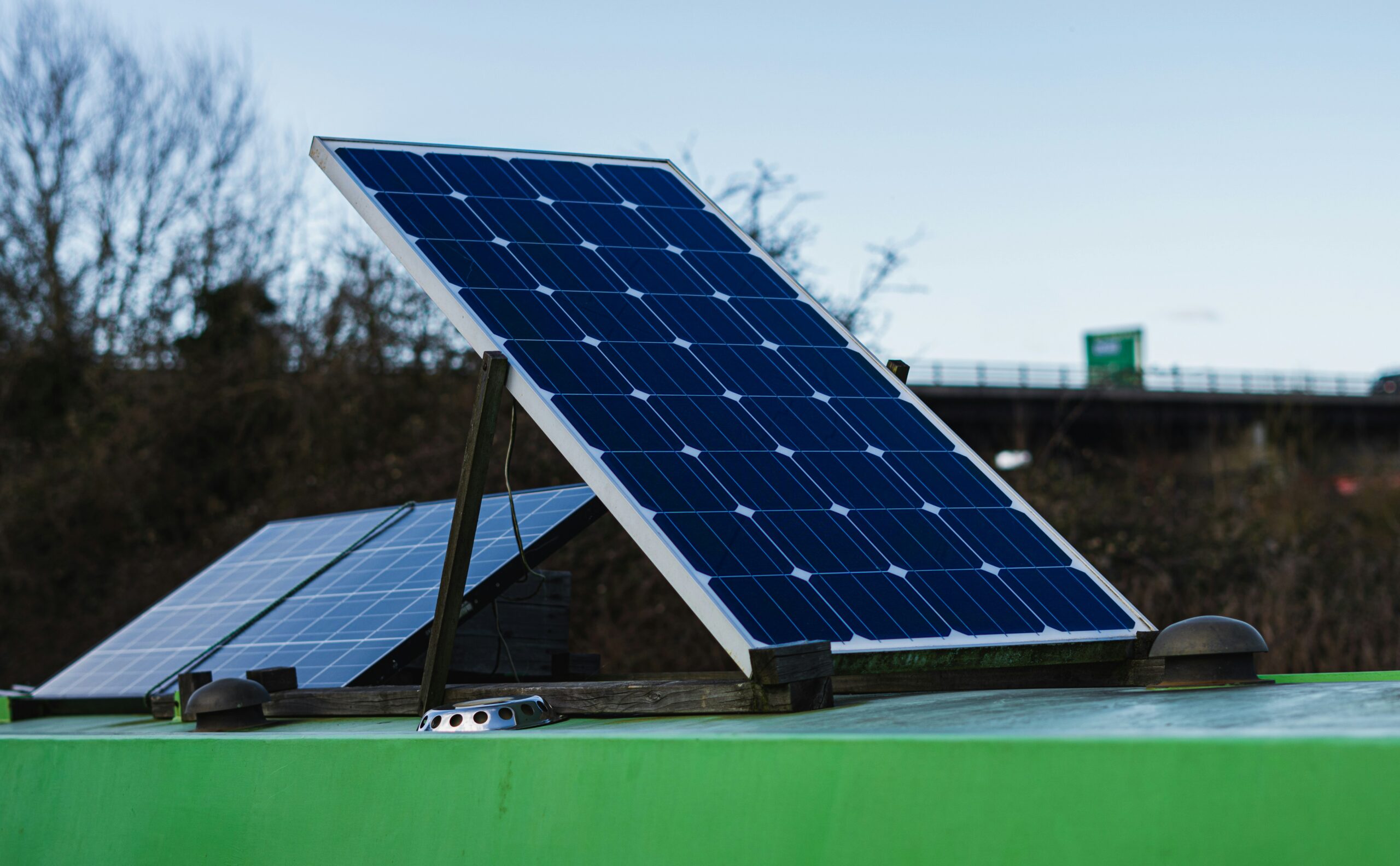Clean energy has emerged as the leading solution for combating climate change, reducing carbon emissions, and powering the global economy. Despite its widespread adoption, several myths about clean energy still persist. In this blog, we’ll debunk common myths and explore the real impact of renewable energy technologies.
Myth 1: Clean Energy Is Too Expensive
Reality:
While clean energy technologies like solar and wind were once costly, prices have dropped significantly over the past decade. The International Renewable Energy Agency (IRENA) reports that the cost of solar power has fallen by over 80% since 2010, making it cheaper than fossil fuels in many regions.
Why It Matters:
- Solar and wind farms generate electricity at lower costs than coal and gas plants.
- Tax credits and subsidies reduce installation expenses.
- Energy savings over time make clean energy a cost-effective solution.
Myth 2: Clean Energy Can’t Meet Global Energy Demand
Reality:
Modern renewable energy systems have become powerful and scalable enough to meet global energy demand. Countries like Germany, Denmark, and parts of the United States already generate over 50% of their electricity from renewable sources.
Key Technologies:
- Offshore wind farms and solar power plants can scale up to meet industrial power needs.
- Energy storage systems like batteries ensure uninterrupted power supply.
- Smart grids efficiently manage energy flow across entire cities.
Myth 3: Clean Energy Is Unreliable
Reality:
While renewable energy sources depend on the sun shining or the wind blowing, energy storage advancements and grid integration technologies have made clean energy highly reliable.
Solutions for Reliability:
- Battery storage systems like Tesla Powerwall store excess solar energy for night-time use.
- Hydropower dams provide consistent power output.
- Hybrid power plants combine wind, solar, and hydropower for 24/7 electricity.
Myth 4: Clean Energy Harms the Environment
Reality:
Clean energy technologies are far less harmful to the environment compared to fossil fuels. They reduce carbon emissions, minimize air pollution, and lower water usage.
Environmental Benefits:
- Zero-emission power generation: No carbon emissions from wind, solar, or hydropower.
- Reduced air pollution: Fossil fuels cause harmful pollutants like sulfur dioxide and nitrogen oxides.
- Minimal water usage: Unlike coal and nuclear plants, solar and wind use little to no water.
Myth 5: Clean Energy Requires Too Much Land
Reality:
While solar farms and wind farms require land, technological advancements have minimized land usage. Solar panels can be installed on rooftops, parking lots, and floating solar farms on reservoirs.
Smart Land Use Examples:
- Floating solar farms on water bodies.
- Offshore wind farms in oceans and lakes.
- Dual-use farms: Solar panels coexisting with crops or livestock.
Myth 6: Clean Energy Can’t Power Vehicles or Heavy Industry
Reality:
The transportation and industrial sectors are increasingly powered by renewable energy through electric vehicles (EVs), hydrogen fuel cells, and biofuels.
Examples of Progress:
- Electric Vehicles (EVs): Major car manufacturers like Tesla, Ford, and Hyundai produce EVs powered by renewable electricity.
- Hydrogen Fuel Cells: Powering buses, trucks, and trains with zero emissions.
- Green Steel and Cement: Renewable energy fuels industrial processes that traditionally rely on fossil fuels.
Myth 7: Clean Energy Is Just a Trend
Reality:
Clean energy is no longer a trend—it’s the future of power generation. Global policies, investments, and innovations ensure its long-term adoption. Major corporations and governments worldwide have set net-zero emission targets, backed by massive investments in clean energy technologies.
Future Outlook:
- Net-zero pledges from over 130 countries by 2050.
- $1 trillion+ investments expected annually in renewable energy by 2030.
- Technological breakthroughs in battery storage, hydrogen, and smart grids driving sustainability.
Conclusion
Clean energy is affordable, reliable, and environmentally sustainable. It plays a critical role in shaping a greener future while driving economic growth and technological innovation. Don’t let myths hold back progress—embrace clean energy and be part of the global sustainability movement.



